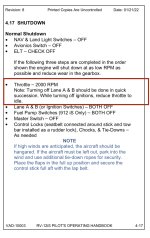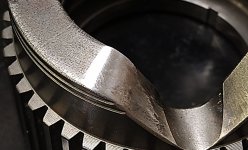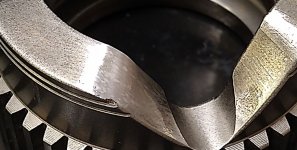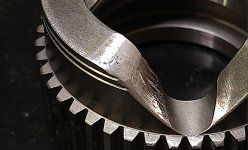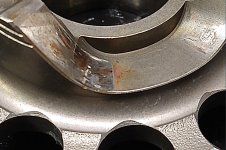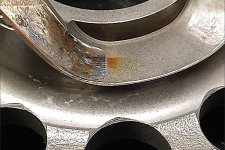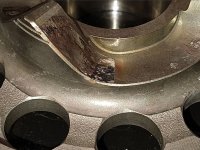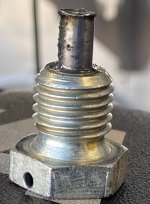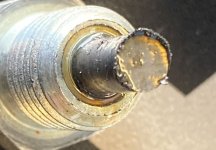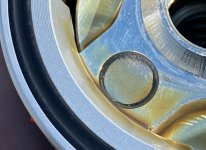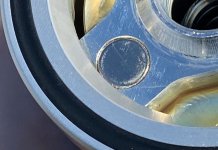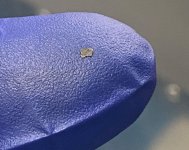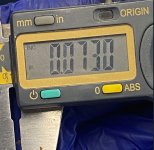rcarsey
Well Known Member
I have about 390 hours on the engine now.. Within the past month, I've noticed a vibration in certain situations. Initially, I believed it was on unbalanced front tire which was rotating in the wind.. But after rebalancing it (only 1/4oz off), I am faced with a more expensive problem.
The vibration seems to happen when I throttle back, for instance, before I begin a descent. If I advance the throttle a bit again, the vibration seems to (immediately) go away. In stable air, at a fixed throttle setting, it does not seem to happen.
From what I've read, almost all gearboxes (especially with 100LL use) need servicing at the 600hr inspection. Ok, mine is a bit.. 30% earlier.
Assuming this is the actual problem, two questions:
1. Is the aircraft safe to operate? The vibrations aren't shaking the plane, but I can feel it in my feet. I don't want to continue operation if its going to cause damage to other parts . The last oil change 50 hours ago showed NO debris.
2. Is this a problem I want/can fix on my own? I don't mind spending some $ on specialized tools, especially if this will be happening again down the road. And if so, which gears/item #s will I want to buy before I start disassembling it (assuming I can still continue to fly it between now and the time I get parts).
The vibration seems to happen when I throttle back, for instance, before I begin a descent. If I advance the throttle a bit again, the vibration seems to (immediately) go away. In stable air, at a fixed throttle setting, it does not seem to happen.
From what I've read, almost all gearboxes (especially with 100LL use) need servicing at the 600hr inspection. Ok, mine is a bit.. 30% earlier.
Assuming this is the actual problem, two questions:
1. Is the aircraft safe to operate? The vibrations aren't shaking the plane, but I can feel it in my feet. I don't want to continue operation if its going to cause damage to other parts . The last oil change 50 hours ago showed NO debris.
2. Is this a problem I want/can fix on my own? I don't mind spending some $ on specialized tools, especially if this will be happening again down the road. And if so, which gears/item #s will I want to buy before I start disassembling it (assuming I can still continue to fly it between now and the time I get parts).
Last edited:



